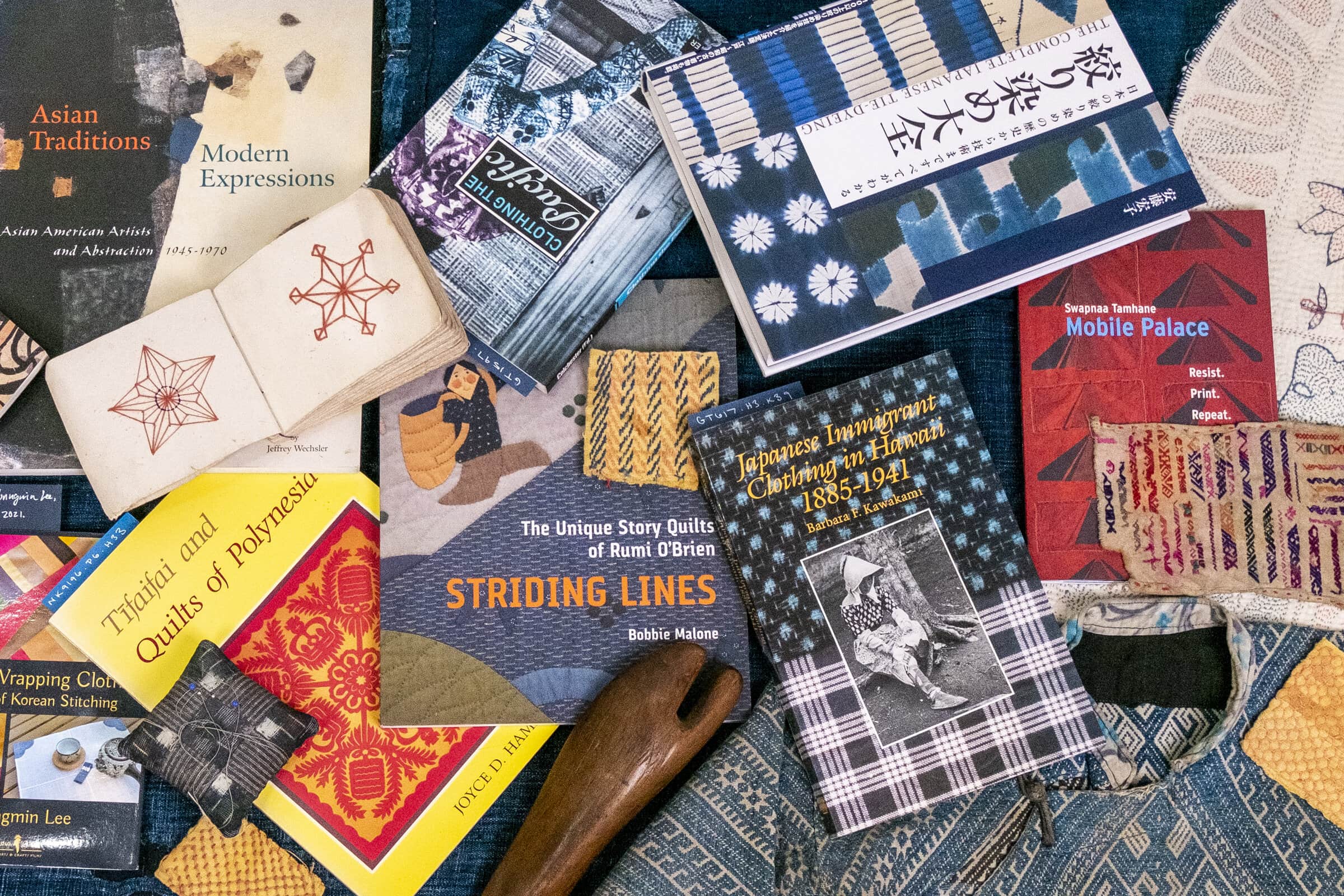
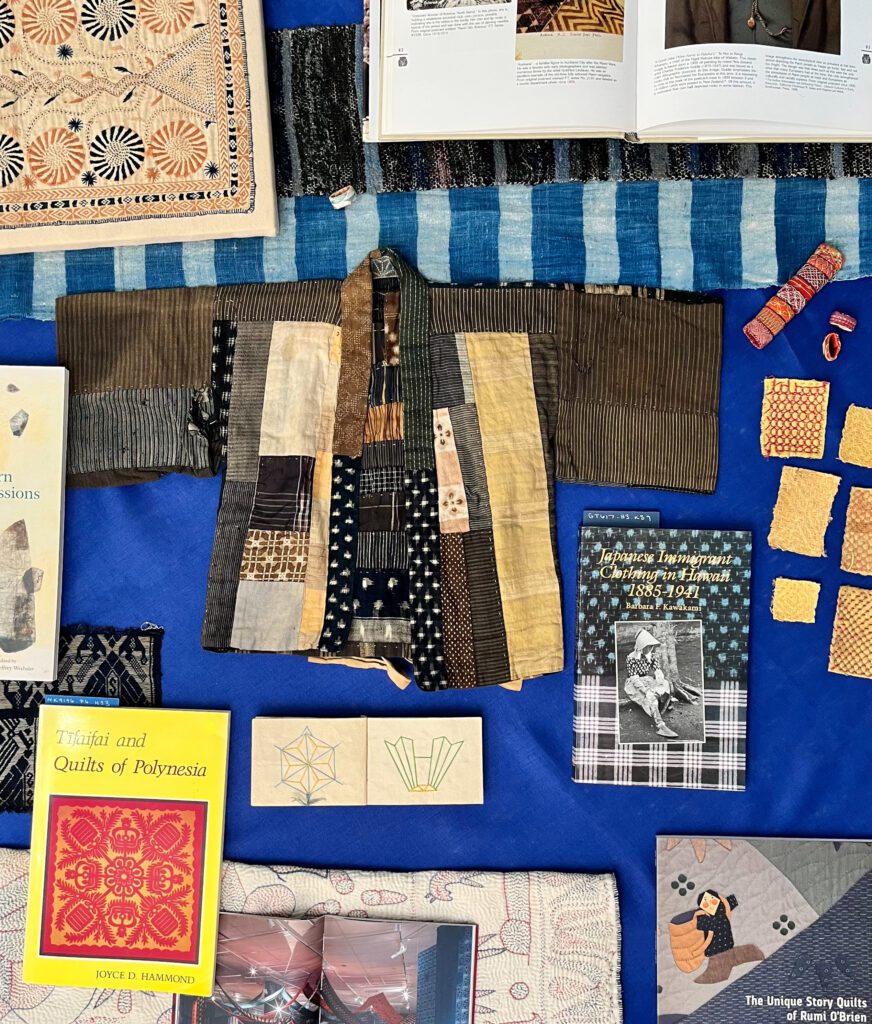
In celebration of Asian American and Pacific Islander Heritage Month, we offer a sampler of books from our shelves in celebration of the artful lives and ingenuity of Asian American, Native Hawaiian, and Pacific Islander communities.
At TATTER we firmly believe that art – particularly the making of textiles – can cultivate cultural empathy and reverence, give voice to our shared humanity, and tell authentic and richly varied histories and narratives.
In addition to the abundance of Asian and Pacific textile resources in our library, we’ve been thrilled to have our dear friends and teachers – Youngmin Lee (Korean-American) and sisters Toshie and Marico Chigyo (Japanese-American) – share the stories and identities embedded in their traditional crafts. Stay tuned for updated class offerings from these artists, including a late summer in-person stitching class with Youngmin, and an in-person hand sewn Hippari jacket class with Marico and Toshie.
We hope you enjoy this peek into our collection and look forward to continued reading, making, and learning with you!
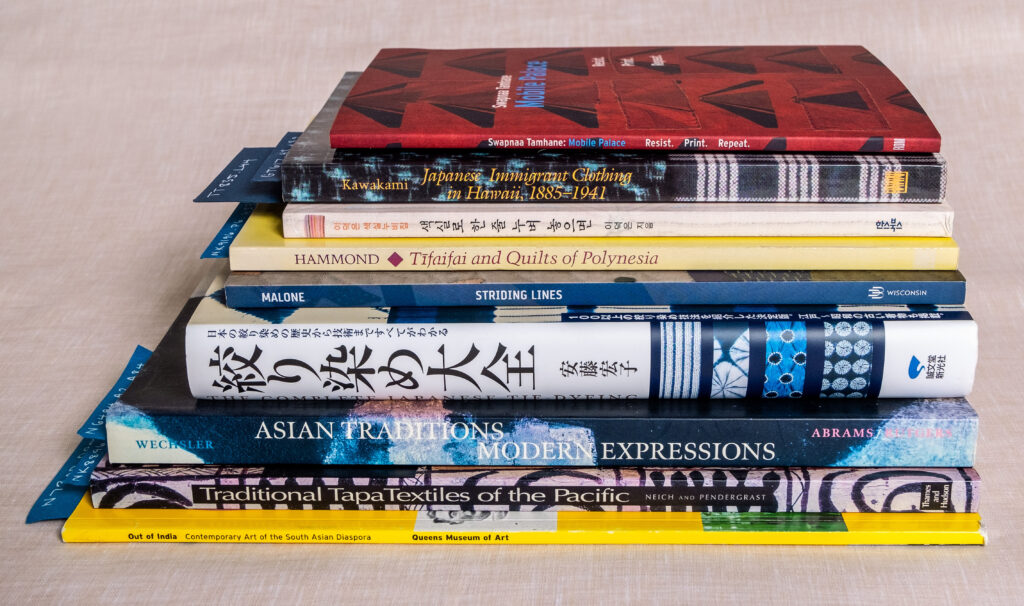
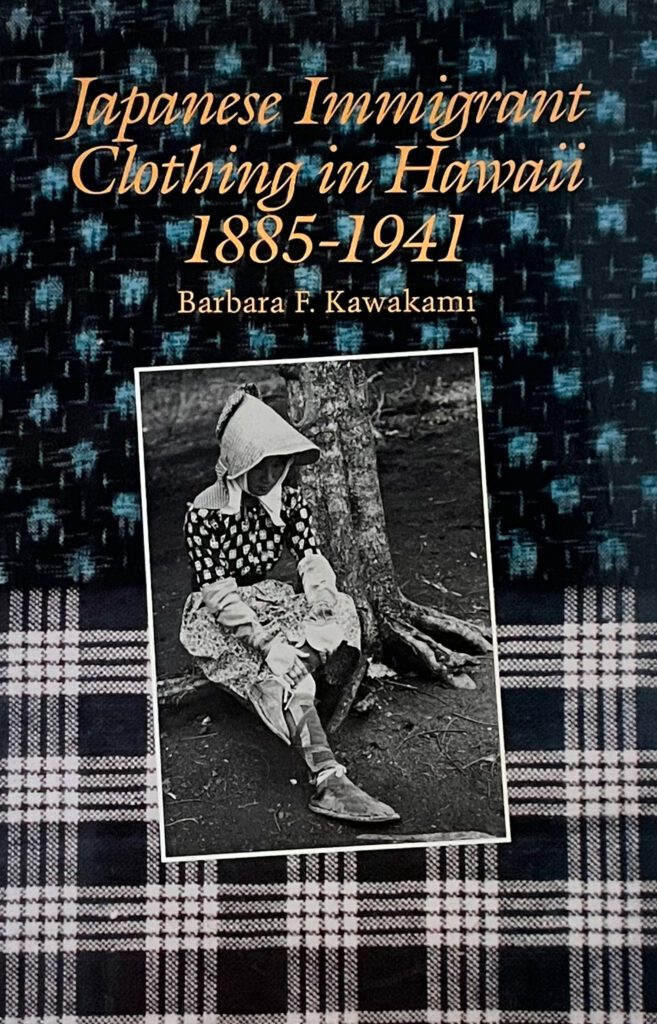
Japanese Immigrant Clothing in Hawaii, by Barbara F. Kawakami. University of Hawaii Press, 1993.
Drawing on interviews, preserved pieces of clothing, literature, and photographs from family collections, this book examines the clothes that issei (first-generation Japanese) in Hawaii made and wore, including work clothing and accessories, casual wear, footwear, children’s clothing, and wedding and funeral attire. Issei clothing, such as the jackets made of kasuri-dyed fabric worn by women in the field, revealed unique style differences associated with the Japanese prefectures they immigrated from. Through research leading from Japanese villages to Hawaiian sugarcane and pineapple plantations, the author uses cloth to explore the relationship between old traditions and the new plantation culture.
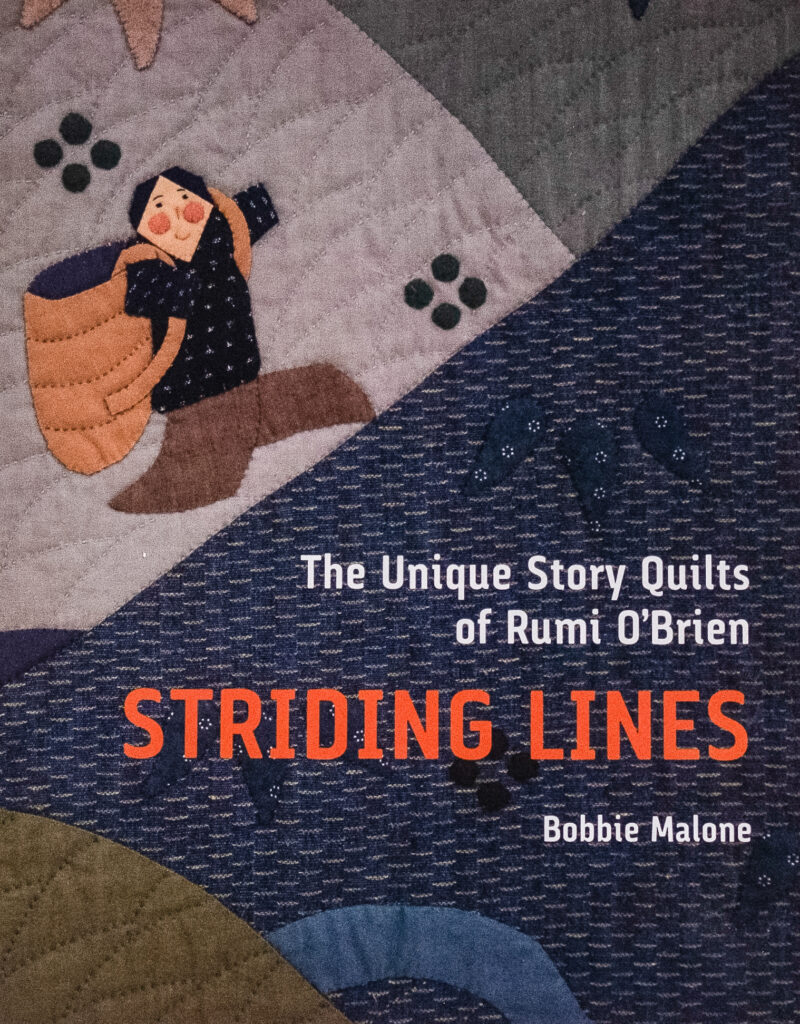
Striding Lines: The Unique Story Quilts of Rumi O’Brien, by Bobbie Malone. University of Wisconsin Press, 2019
Rumi O’Brien, a Wisconsin artist and quilter born in Japan, has created a delightfully singular oeuvre of cross-cultural, meticulously stitched narrative quilts. Her origami-like protagonists move across fantastical landscapes, including vast mountain ranges, winding rivers, Rumi’s beloved garden, and the frozen lakes of Wisconsin. With titles such as “Making Friends with Fish,” “Jan Goes Morel Hunting and in the End Buys a Rose,” and “I Love Jello, It Jiggles!,” each whimsical quilt tells a story, often autobiographical, sometimes metaphorical, all “generous in their affirmation of the good to be found in connecting across time, place, and lived experience.”
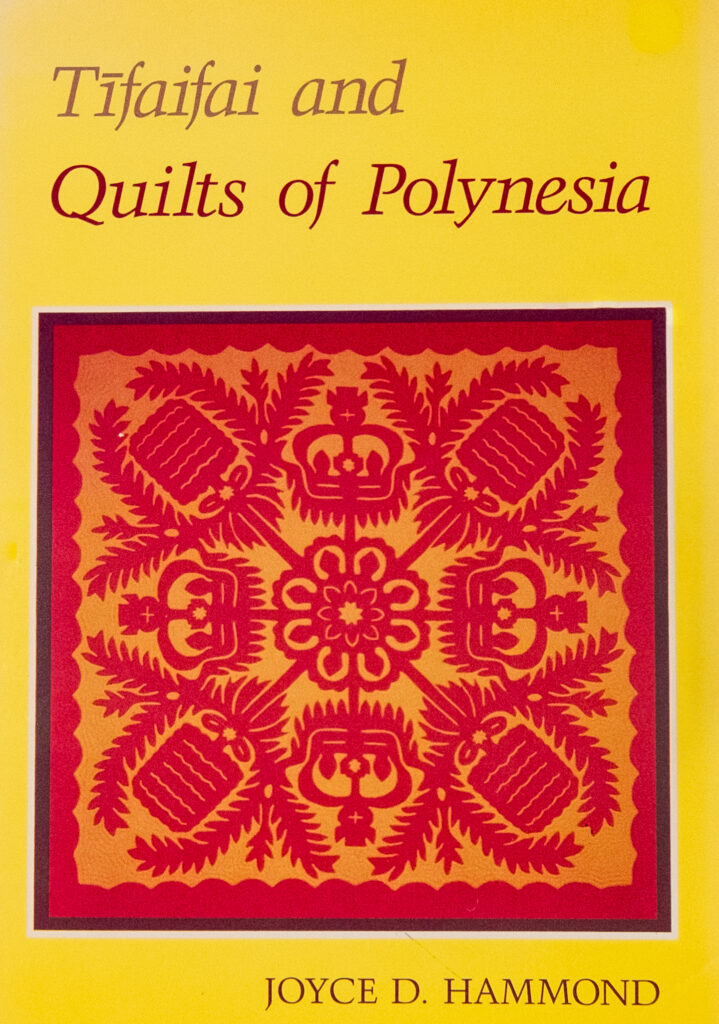
Tīfaifai and quilts of Polynesia, by Joyce D. Hammond. University of Hawaii Press, 1986.
Tifaifai loosely translates to “Polynesian bedcover” and literally means “to patch repeatedly.” Using the term to refer to all Polynesian applique and piecework fabrics from the islands of eastern Polynesia, the author examines tifaifai as a unified but regionally diverse art form, one with significant social, economic, and ritual roles. Highlighting the rich variety of quilts and tifaifai from the Hawaiian Islands, Cook Islands, Austral Islands, and Society Islands, this book helps us understand the historical development of tifaifai, offers insights into Polynesian artisans and their techniques, and generates a contextualized awareness of the ways in which Polynesians have expressed themselves and their distinct cultures through these colorful and inspiring cloth constructions.
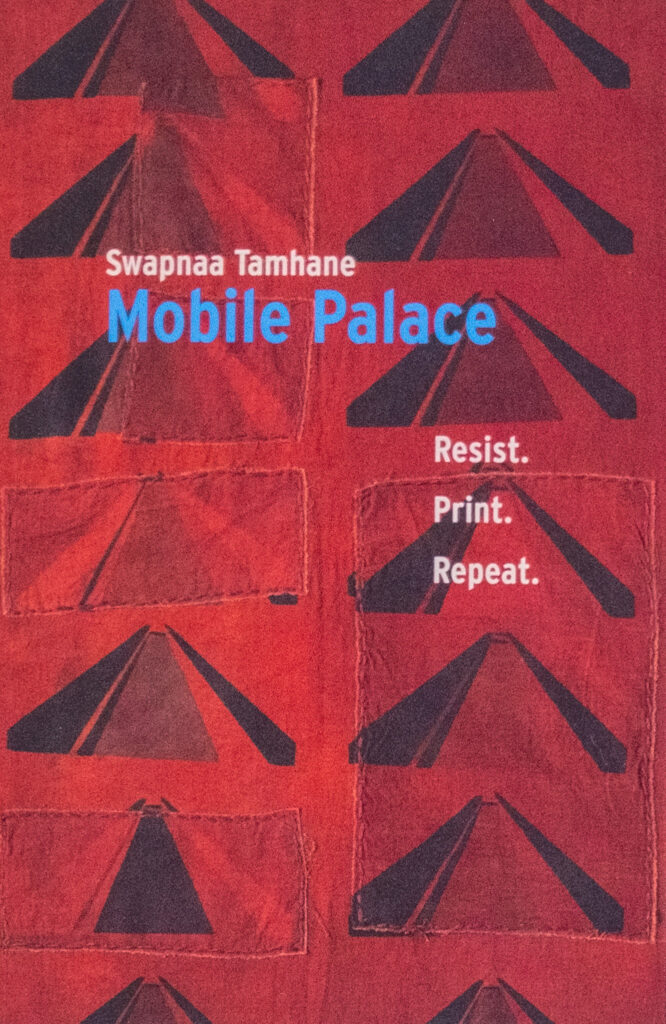
Swapnaa Tamhane: Mobile Palace, curated by Dr. Deepali Dewan. Royal Ontario Museum, 2022.
This book accompanies a bold and immersive exhibition of work by Swapnaa Tamhane, a Montreal-based artist whose work challenges traditional and colonial hierarchies between art and craft. The sweeping cotton cloth installations (currently on view at the Royal Ontario Museum) were created by Swapnaa in collaboration with artists based in Gujarat, India, including wood block carver Mukesh Prajapati, printer and dyer Salemamad Khatri, and the Qasab Kutch Craftswomen embroidery collective. This stunningly provocative body of work draws inspiration from India’s rich textile history, particularly the legacy of cotton as a tool of anti-colonial resistance, as well as the grand 18th-century Mughal and Ottoman tents used as mobile palaces.
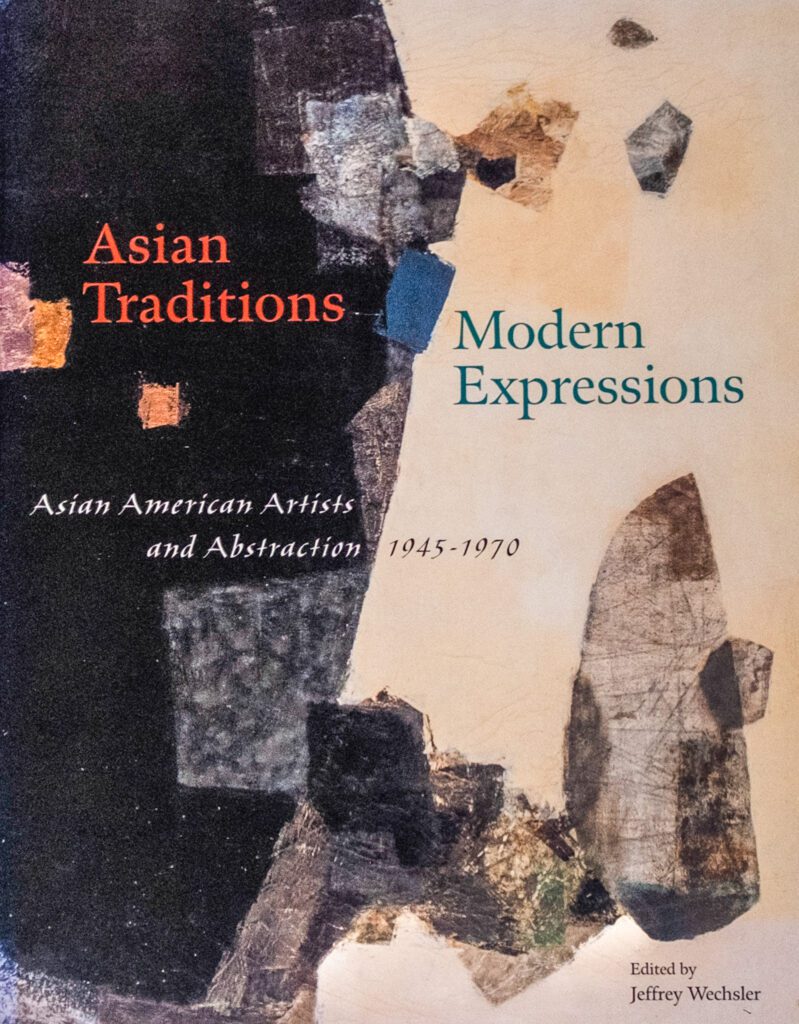
Asian Traditions, Modern Expressions: Asian American Artists and Abstraction, 1945-1970, edited by Jeffrey Wechsler. H.N. Abrams in association with the Jane Voorhees Zimmerli Art Museum, 1997.
Presenting the work of over 50 American artists of Japanese, Chinese, and Korean descent, this pioneering and corrective exhibition catalog explores the unsung contributions to the Abstract Expressionist movement made by Asian American painters. Aesthetic qualities appreciated as “advanced” and “modern” in American Abstract Expressionism can in fact be found in the traditional art of East Asia, such as slashed and flung pigment, the free brush gestures of calligraphy, and the spontaneous approach to artmaking that embraces chance and accidental effects. Viewing these paintings through a textile lens reveals the cross-genre use of traditional Asian art techniques, such as woodblock printing and resist dyeing, innovatively applied to canvas by this bicultural generation of Asian American artists.
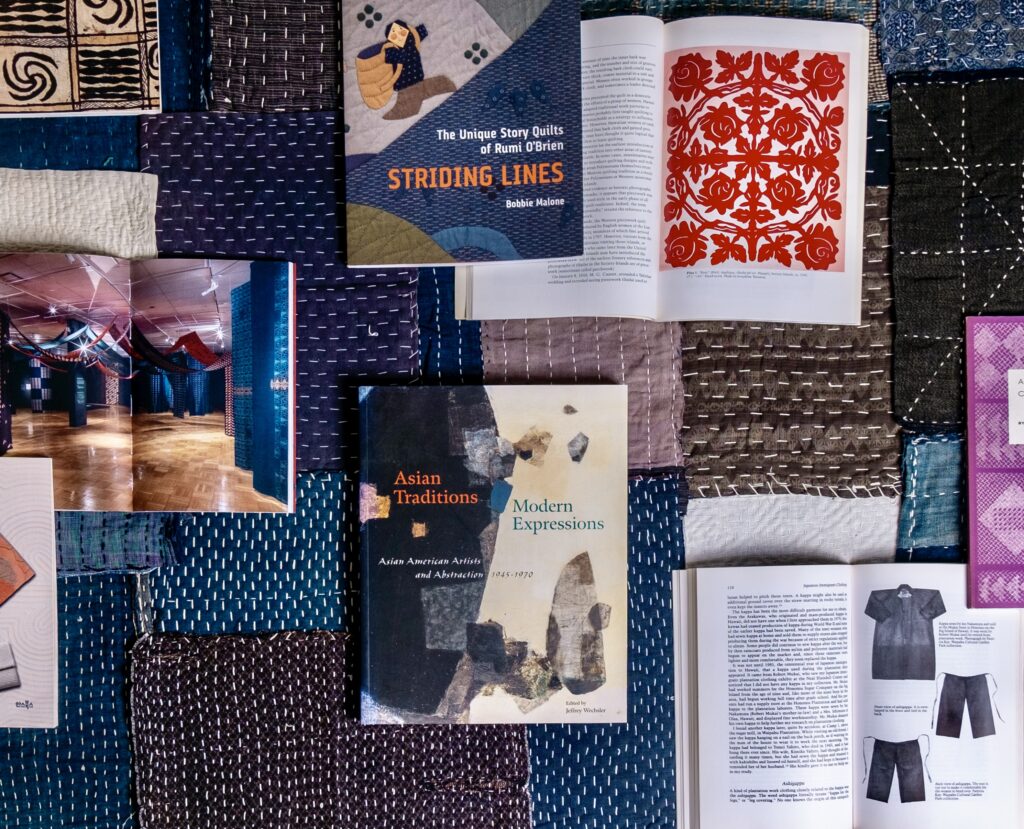
See more from the object collection
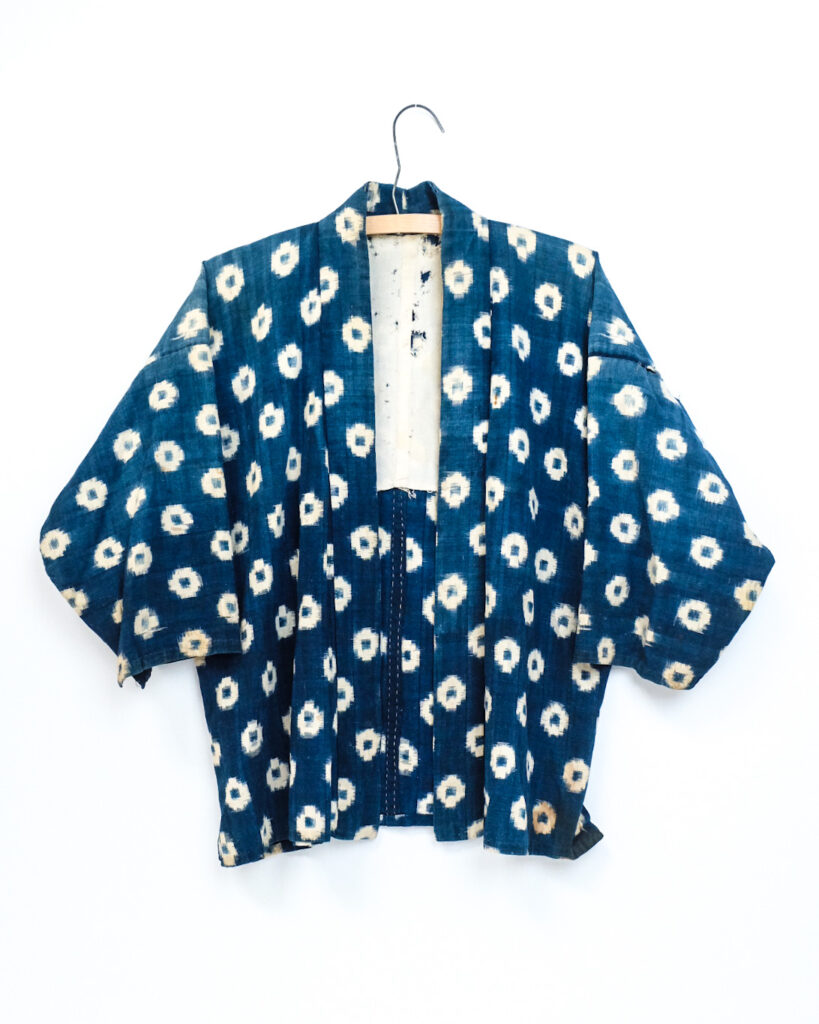
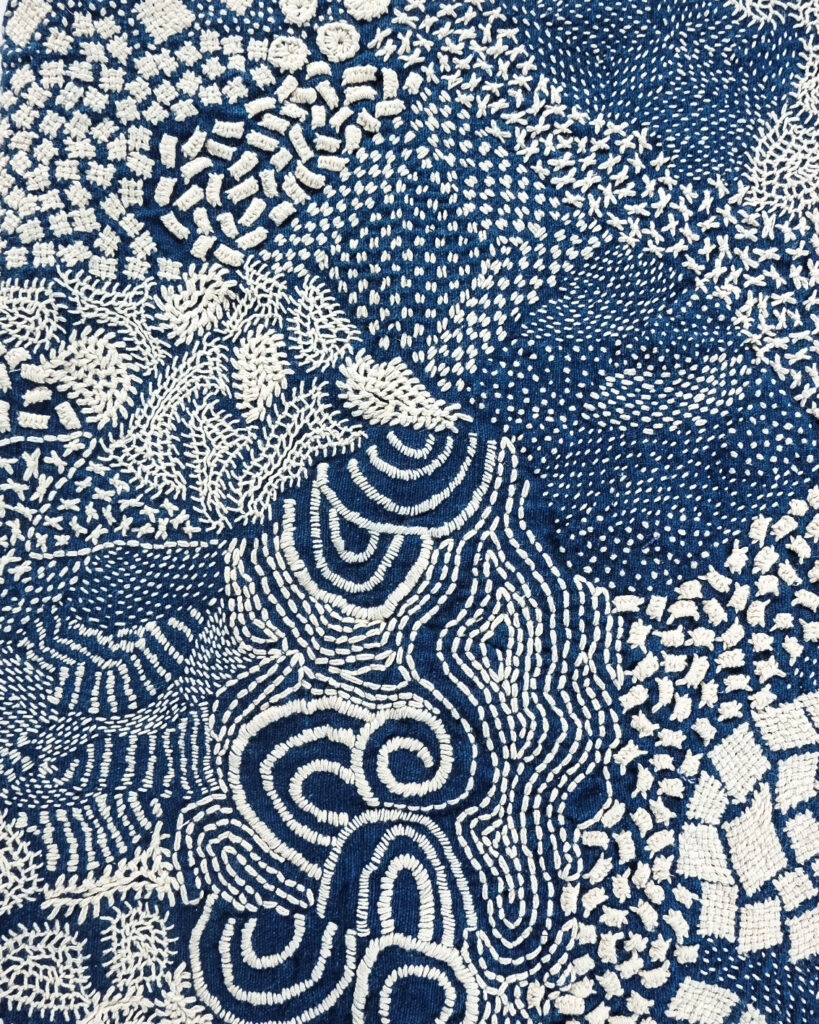
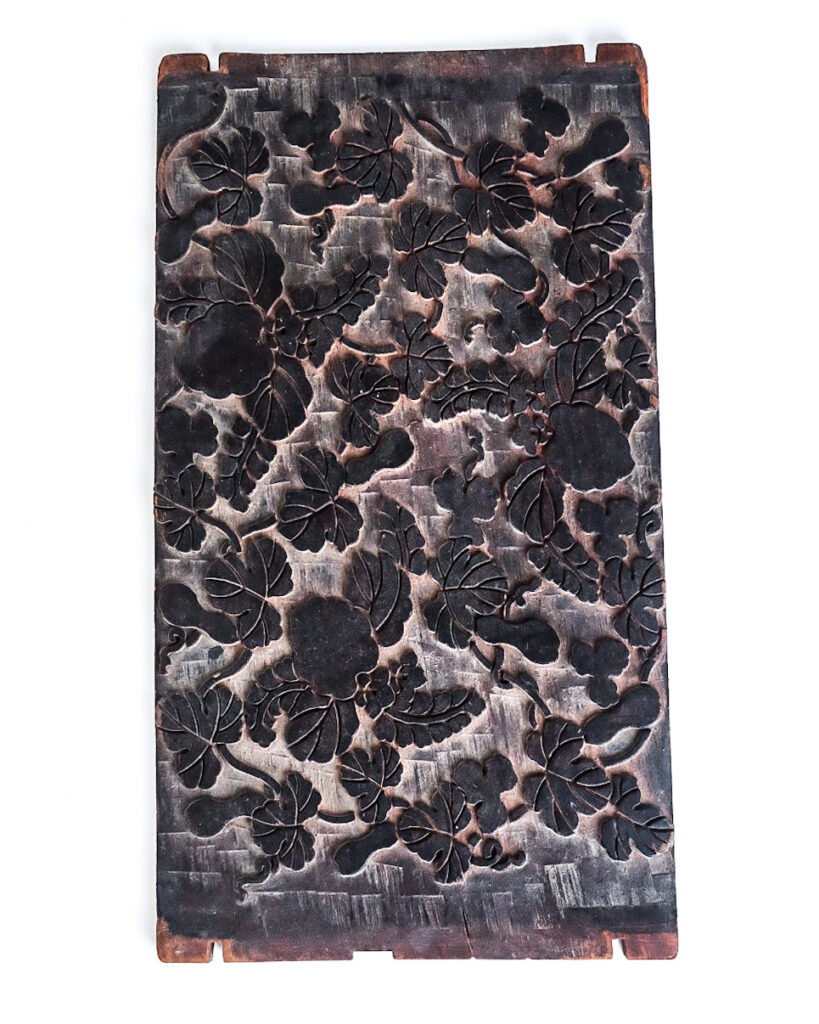
or
SCHEDULE A VISIT TO THE LIBRARY
In light of the recent rise in anti-Asian sentiment, discrimination, and violence, we urge our community to support one of these vital organizations:
